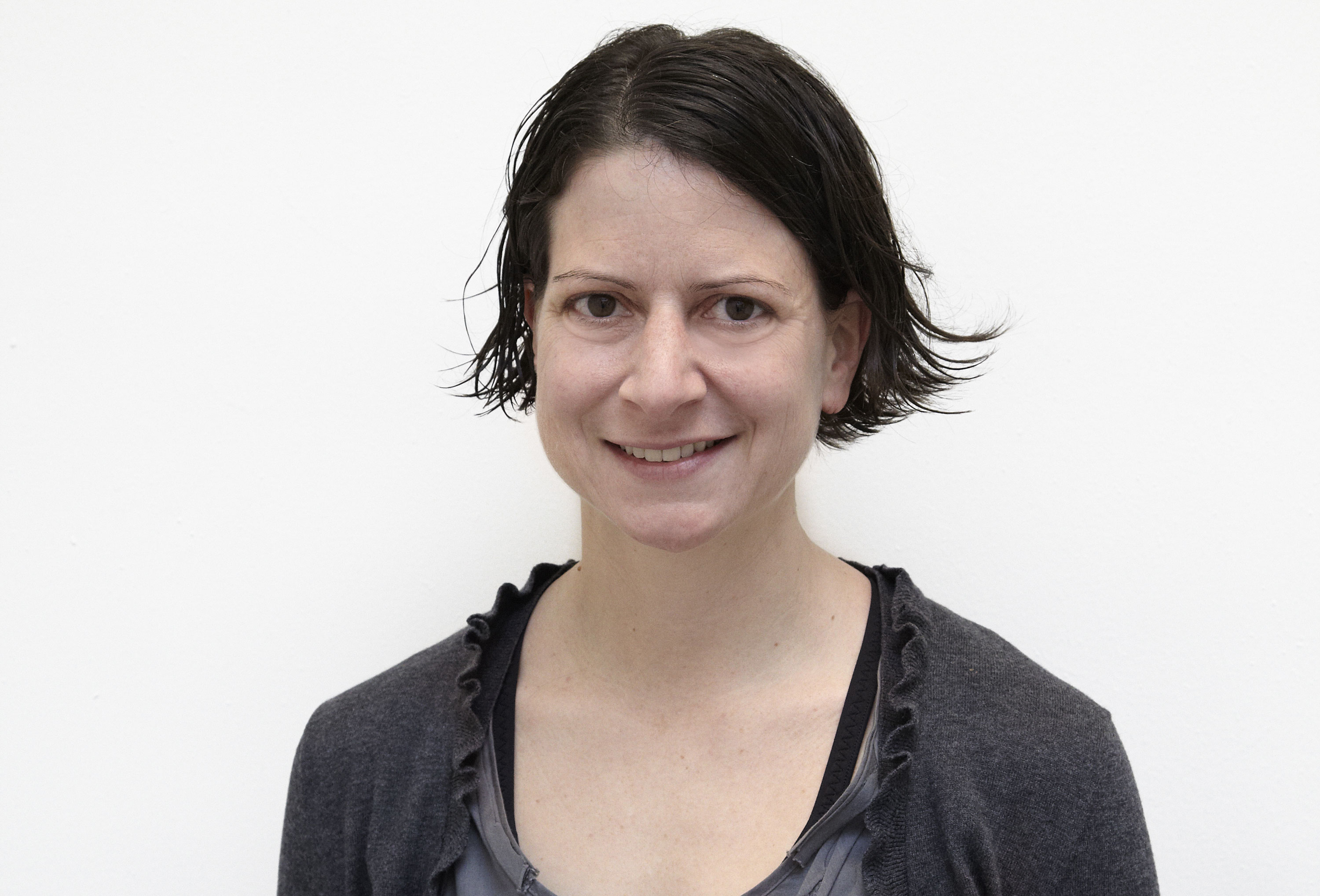Scientists Gather to Plan Observations from the Moon
BALTIMORE-Now that scientists have developed a blueprint for how the next generation of astronauts will whisk back to the Moon, it's time to figure out what to do when they get there and why.
This week at a workshop entitled "Astrophysics Enabled by the Return to the Moon" at the Space Telescope Science Institute here, astrophysicists are discussing such Moon plans, including the idea of setting up telescopes on the lunar surface.
"The main purpose is to really for the first time in many years have a very diverse group of astrophysicists come together and talk about whether it makes sense to do astrophysics from the Moon now that we've got NASA committed to sending people there and putting up infrastructure there," said Laurie Leshin, Director of Sciences and Exploration at the Goddard Space Flight Center in Greenbelt, Maryland.
"It's a great time to have that conversation so it's sort of the first conversation not the last conversation about this," Leshin told SPACE.com.
Presentations highlight both the assets and liabilities of lunar-based science. Whereas Earth-based telescopes are subject to atmospheric distortion, the Moon's lack of atmosphere would provide better range and sensitivity for skywatching.
One idea is to set up a liquid-mirror telescope on the Moon. They spin to create a parabola at the surface. The handful of these telescopes on Earth are limited in size because the spinning creates wind that disrupts the mirror-like surface.
By placing infrastructure on the Moon, future missions could rely on the already established equipment, meaning less payload to lug up there. Setting up camp on the Moon would require oxygen and water. Whereas the existence of lunar water is unknown, scientists said the constant sunlight on polar hilltops could be used to produce electricity with solar voltaic cells.
Breaking space news, the latest updates on rocket launches, skywatching events and more!
Scientists are also in the process of designing spacesuits with the flexibility needed for extended wear on longer lunar missions.
There are also hurdles to ponder. A layer of fine, particles, the consistency of talcum powder, covers the lunar bedrock and reaches several feet thick. It can generate dense dust clouds. Unlike the household variety, lunar dust is glass-like with a core of iron, giving it magnetic properties. Figuring out ways to ensure dust-free instruments is a major priority.
Another issue is levitated dust, which occurs when the Sun's energy cause dust grains to become electrically charged.
"I think we need to continue to evaluate whether the Moon is usable for astronomy or not," said Paul Spudis of the Johns Hopkins University Applied Physics Laboratory in Laurel, Maryland. "And finally we need to fill in the missing pieces of knowledge and specifically we need to characterize this dust levitation and find out-does this occur and what the real magnitude of the effect is."
Scientists are also considering whether lunar-based astrophysics is better than orbiting instruments, said Harley Thronson, a chief scientist for exploration at NASA's Goddard Space Flight Center.
"Free space might be more suitable for some types of astronomy, and the surface of the Moon may be more suitable for others," Thronson said.

